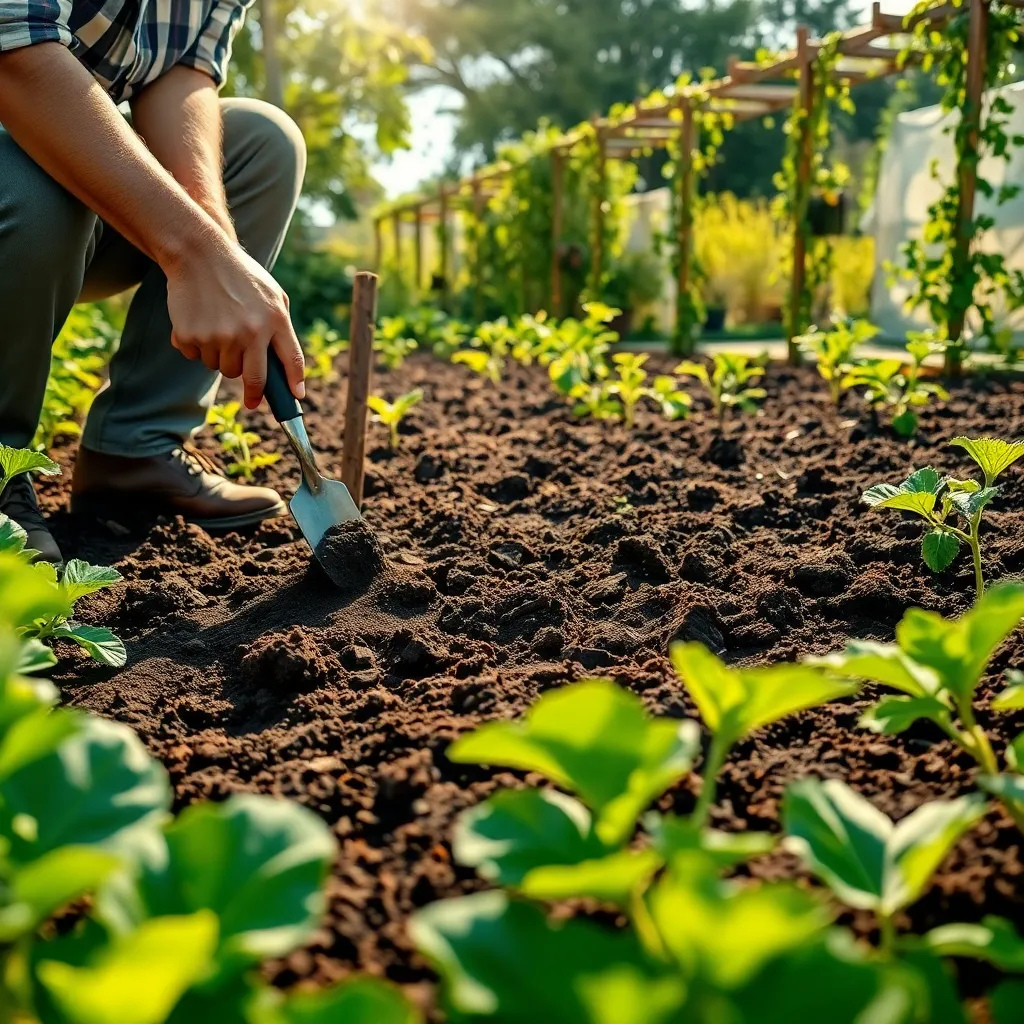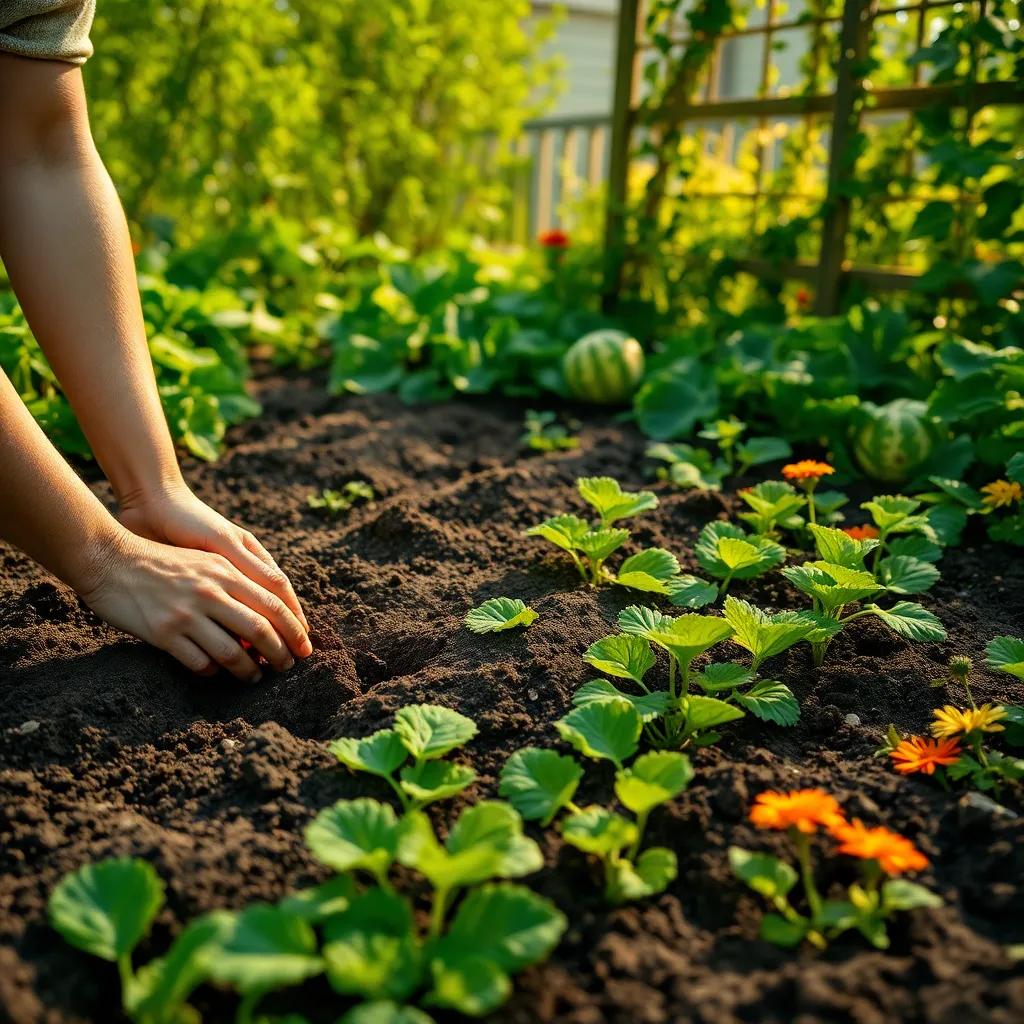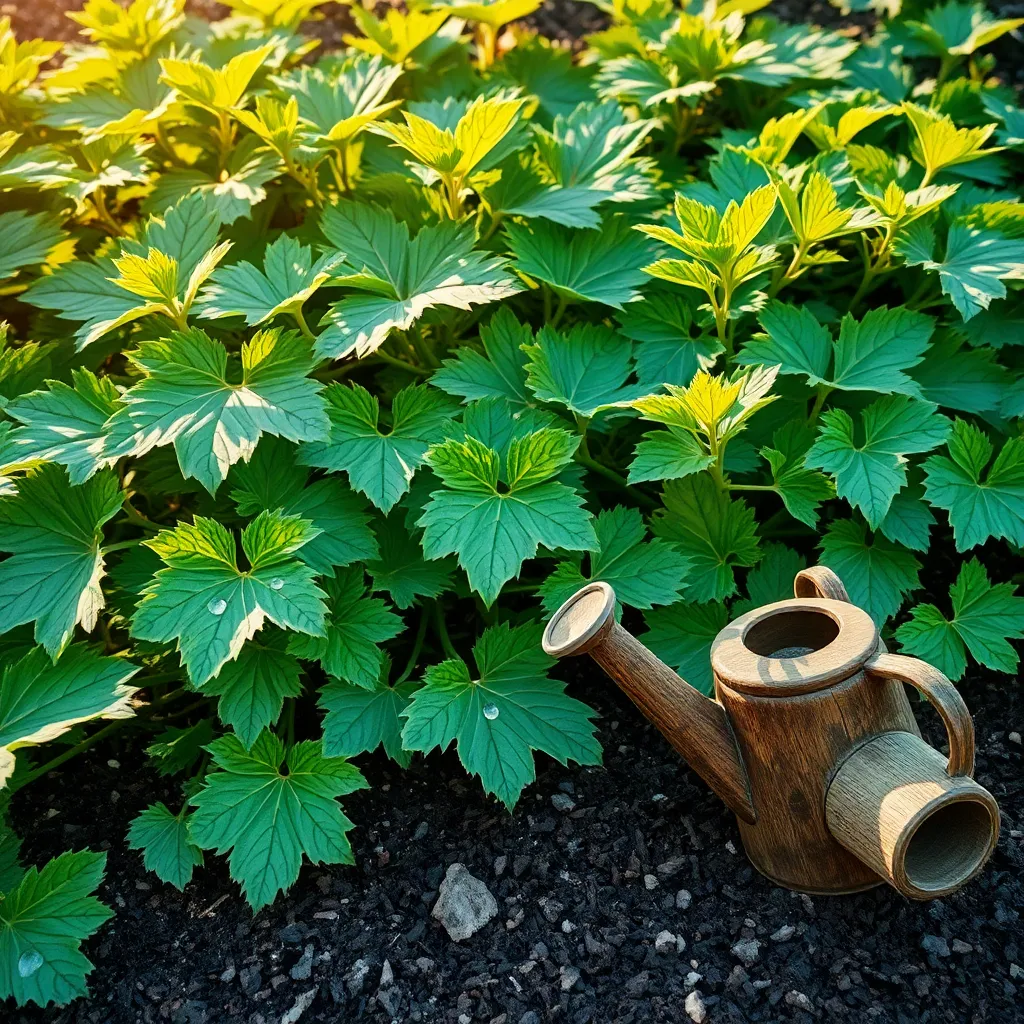Imagine the joy of slicing into a juicy, home-grown watermelon on a sunny afternoon, its sweetness a testament to the care and patience you’ve invested. For many, growing watermelons in their garden is more than just a horticultural endeavor; it’s a delightful journey from seed to harvest, where each step brings its own rewards and challenges. Whether you’re a novice gardener eager to try your hand at cultivating this summer staple or a seasoned green thumb looking to refine your techniques, this guide promises insights that cater to all levels of experience.
Watermelons, with their sprawling vines and vibrant fruits, are a testament to nature’s abundance, and growing them successfully can be a deeply satisfying achievement. Understanding the specific needs of watermelon plants—from soil preparation and planting to watering and pest management—opens the door to a bountiful harvest and a deeper appreciation for the cycle of growth. In this article, we’ll explore the essentials of growing watermelons, delving into the practical steps and expert tips that make success achievable, no matter your starting point.
Throughout our exploration, you’ll learn how to select the perfect watermelon variety for your garden, create the ideal growing conditions, and troubleshoot common issues that might arise along the way. With a focus on both organic practices and practical strategies, this guide aims to demystify the process, ensuring that your garden becomes a haven for these summery delights. So, let’s embark on this gardening adventure together, embracing the sweet rewards and the knowledge that growing your own watermelons is not only possible but immensely rewarding.
Select a Sunny Location

Choosing the right location is crucial for successfully growing watermelons in your garden. Watermelons thrive in areas that receive full sun, meaning at least 8-10 hours of direct sunlight daily.
Ensure the spot you select is not shaded by trees or structures, as this can hinder the plant’s growth and fruit production. A sunny location allows the watermelon vines to spread and absorb the maximum amount of sunlight needed for photosynthesis.
For optimal growth, the soil in your chosen area should be well-drained and rich in organic matter. Consider using a mix of loamy soil with plenty of compost to create the ideal conditions for your watermelon plants.
Advanced gardeners might implement techniques like raised beds to improve drainage and soil warmth. This can be particularly beneficial in cooler climates where soil temperatures need to be consistently warm for watermelon growth.
Prepare Well-Drained Soil

To grow healthy watermelons, it’s crucial to start with well-drained soil. Poor drainage can lead to root rot, which is a common issue for these water-loving plants.
Begin by testing your soil to determine its current drainage capability. You can do this by digging a hole about 12 inches deep and filling it with water; if it drains in less than an hour, your soil is likely well-drained.
If your soil doesn’t drain well, consider amending it with organic matter. Adding compost or well-rotted manure helps improve both drainage and nutrient content, which is beneficial for watermelon growth.
Raising the planting beds can also enhance drainage. By creating mounds or ridges that are 12 inches high, you encourage excess water to move away from the plant roots, reducing the risk of waterlogging.
For gardeners dealing with heavy clay soils, incorporating sand or fine gravel can help. These materials break up compact soil, allowing for better water movement and root penetration.
Watermelons thrive in slightly acidic to neutral soil with a pH of 6.0 to 7.5. It’s a good idea to test the pH and adjust if necessary using lime or sulfur, ensuring optimal conditions for your watermelon plants.
Sow Seeds After Frost

Once you have prepared the well-drained soil, it’s crucial to wait until after the last frost to sow your watermelon seeds. This precaution ensures that the seeds are not damaged by cold temperatures, which could impede germination.
Choose a sunny spot in your garden, as watermelons thrive in areas that receive at least six to eight hours of direct sunlight each day. Ensure the soil temperature is consistently above 70°F (21°C) before sowing seeds, as warmth is essential for successful sprouting.
Plant the seeds about 1 inch deep in hills that are spaced 4-6 feet apart to give the vines ample room to spread. For optimal growth, each hill should have two to three seeds, and once seedlings emerge, thin them to the strongest plant.
Water the seeds immediately after planting, ensuring the soil remains consistently moist but not soggy. As the plants grow, provide about 1 to 2 inches of water per week, focusing on the base to prevent fungal diseases on the foliage.
Water Consistently and Deeply

Watermelons thrive when they receive consistent and deep watering. Aim to water your watermelon plants at the base, ensuring the soil is moistened to a depth of at least 6 inches.
Begin by watering thoroughly once a week, adjusting frequency based on weather conditions and soil type. Sandy soils may require more frequent watering, while clay soils retain moisture longer.
For best results, use a soaker hose or drip irrigation system to deliver water slowly and directly to the roots. This method minimizes water loss through evaporation and reduces the risk of fungal diseases on foliage.
Mulching around your watermelon plants can help retain soil moisture and regulate temperature. A layer of organic mulch, such as straw or shredded leaves, will keep the soil consistently moist while suppressing weeds.
Monitor for Pests and Diseases

Keeping a close eye on your watermelon plants is crucial for spotting any signs of pests and diseases early. Regularly inspect the leaves, stems, and fruit for any unusual changes, such as discoloration or holes, which could indicate a problem.
Consider using a magnifying glass to examine the undersides of leaves, as many pests, like aphids and spider mites, prefer hiding there. Early detection allows for prompt intervention, which can prevent a minor issue from becoming a serious infestation.
Implementing integrated pest management (IPM) practices can be highly effective in controlling pest populations. This approach involves combining biological controls, like introducing beneficial insects, with cultural practices, such as rotating crops and maintaining clean garden areas.
For disease prevention, ensure your watermelons have enough space for air circulation, which helps reduce the humidity that many fungal diseases thrive in. Water your plants at the base rather than from above to keep the foliage dry and less susceptible to diseases like powdery mildew.
Conclusion: Growing Success with These Plants
In cultivating a thriving relationship, much like growing watermelon in a garden, nurturing takes patience, attention, and love. We explored five essential concepts: the importance of understanding your partner’s needs, the value of creating a supportive environment, the significance of consistent communication, the necessity of addressing conflicts constructively, and the magic of celebrating each other’s growth. These elements together form the rich soil in which a healthy relationship can flourish.
As your immediate next step, consider scheduling a “relationship check-in” with your partner this week. Use this time to discuss your mutual goals, share feelings, and reinforce your commitment to growing together. This small action can have a profound impact on your bond.
Don’t forget to bookmark this article for future reference, as every thriving relationship needs occasional tending and revisiting these concepts will remind you of the basics. By investing time and care today, you’re laying the groundwork for a future filled with joy and harmony. Remember, each step you take toward nurturing your relationship brings you closer to a bountiful and lasting partnership. Here’s to a future where your love grows as abundantly as your garden.
